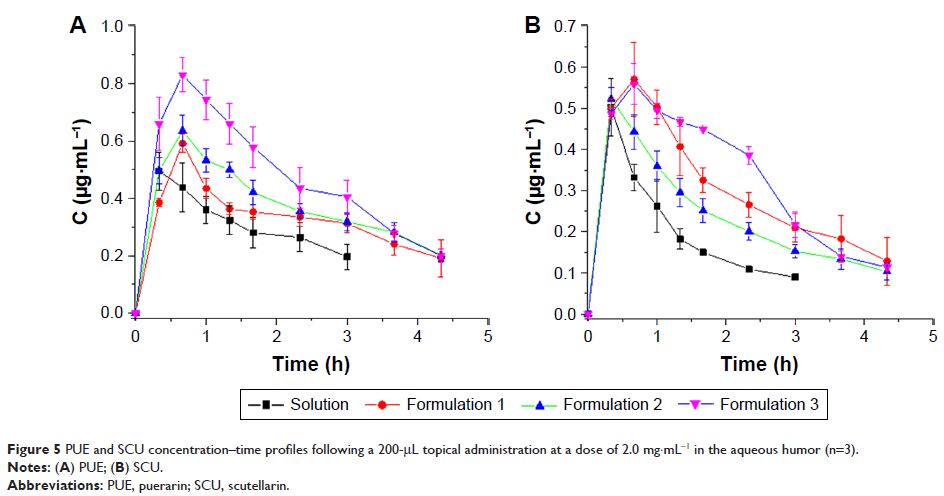9 0 5 7 8
论文已发表
注册即可获取德孚的最新动态
IF 收录期刊
- 2.6 Breast Cancer (Dove Med Press)
- 3.9 Clin Epidemiol
- 3.3 Cancer Manag Res
- 3.9 Infect Drug Resist
- 3.6 Clin Interv Aging
- 4.8 Drug Des Dev Ther
- 2.8 Int J Chronic Obstr
- 8.0 Int J Nanomed
- 2.3 Int J Women's Health
- 3.2 Neuropsych Dis Treat
- 4.0 OncoTargets Ther
- 2.2 Patient Prefer Adher
- 2.8 Ther Clin Risk Manag
- 2.7 J Pain Res
- 3.3 Diabet Metab Synd Ob
- 4.3 Psychol Res Behav Ma
- 3.4 Nat Sci Sleep
- 1.9 Pharmgenomics Pers Med
- 3.5 Risk Manag Healthc Policy
- 4.5 J Inflamm Res
- 2.3 Int J Gen Med
- 4.1 J Hepatocell Carcinoma
- 3.2 J Asthma Allergy
- 2.3 Clin Cosmet Investig Dermatol
- 3.3 J Multidiscip Healthc

新型阳离子脂质体纳米颗粒作为多组分药物的眼科输送系统:开发、表征、体外渗透、体内药代动力学和分子动力学研究
Authors Wang J, Zhao F, Liu R, Chen J, Zhang Q, Lao R, Wang Z, Jin X, Liu C
Received 11 April 2017
Accepted for publication 29 July 2017
Published 6 November 2017 Volume 2017:12 Pages 8115—8127
DOI https://doi.org/10.2147/IJN.S139436
Checked for plagiarism Yes
Review by Single-blind
Peer reviewers approved by Dr Alexander Kharlamov
Peer reviewer comments 3
Editor who approved publication: Dr Linlin Sun
Abstract: The purpose of this study was to prepare, optimize, and characterize a
cationic lipid nanoparticle (CLN) system containing multicomponent drugs using
a molecular dynamics model as a novel method of evaluating formulations.
Puerarin (PUE) and scutellarin (SCU) were used as model drugs. CLNs were
successfully prepared using melt-emulsion ultrasonication and low temperature-solidification
technique. The properties of CLNs such as morphology, particle size, zeta
potential, entrapment efficiency (EE), drug loading (DL), and drug release
behavior were investigated. The CLNs were evaluated by corneal permeation, preocular
retention time, and pharmacokinetics in the aqueous humor. Additionally, a
molecular dynamics model was used to evaluate the formulation. Electron microscopy results showed that the nanoparticles were
approximately spherical in shape. The EE (%) and DL (%) values of PUE and SCU
in the optimal formulation were 56.60±3.73, 72.31±1.96 and 1.68±0.17,
2.44±1.14, respectively. The pharmacokinetic study in the aqueous humor showed
that compared with the PUE and SCU solution, the area under the concentration–time
curve (AUC) value of PUE was enhanced by 2.33-fold for PUE-SCU CLNs (p <0.01), and the SCU AUC was
enhanced by 2.32-fold (p <0.01). In the
molecular dynamics model, PUE and SCU passed through the POPC bilayer, with an
obvious difference in the free energy well depth. It was found that the maximum
free energy required for PUE and SCU transmembrane movement was ~15 and 88
kJ·mol-1, respectively. These findings indicated that
compared with SCU, PUE easily passed through the membrane. The diffusion
coefficient for PUE and SCU were 4.1×10-3±0.0027 and
1.0×10-3±0.0006 e-5cm2·s-1, respectively.
Data from the molecular dynamics model were consistent with the experimental
data. All data indicated that CLNs have a great potential for ocular
administration and can be used as an ocular delivery system for multicomponent
drugs. Moreover, the molecular dynamics model can also be used as a novel
method for evaluating formulations.
Keywords: cationic lipid nanoparticle, molecular dynamics model, microdialysis,
pharmacokinetic, preocular retention time, ocular delivery
